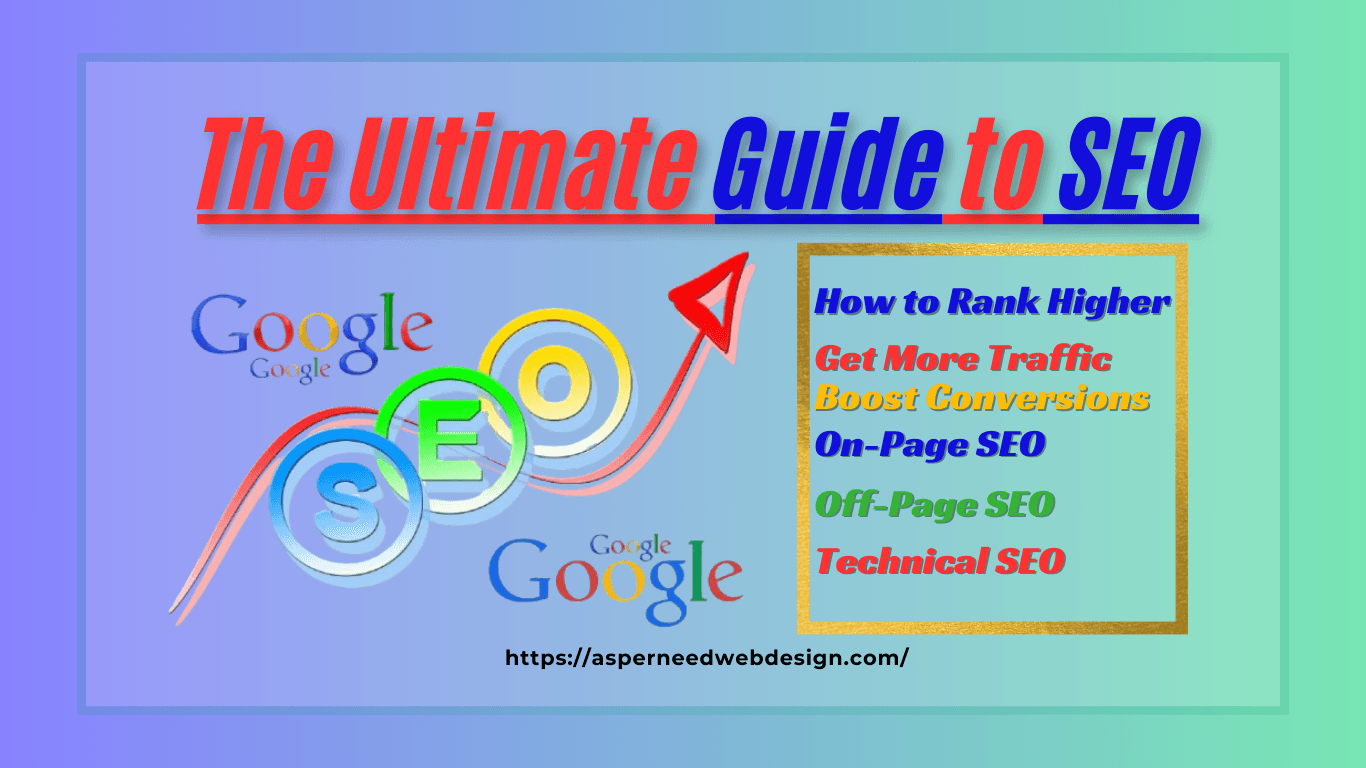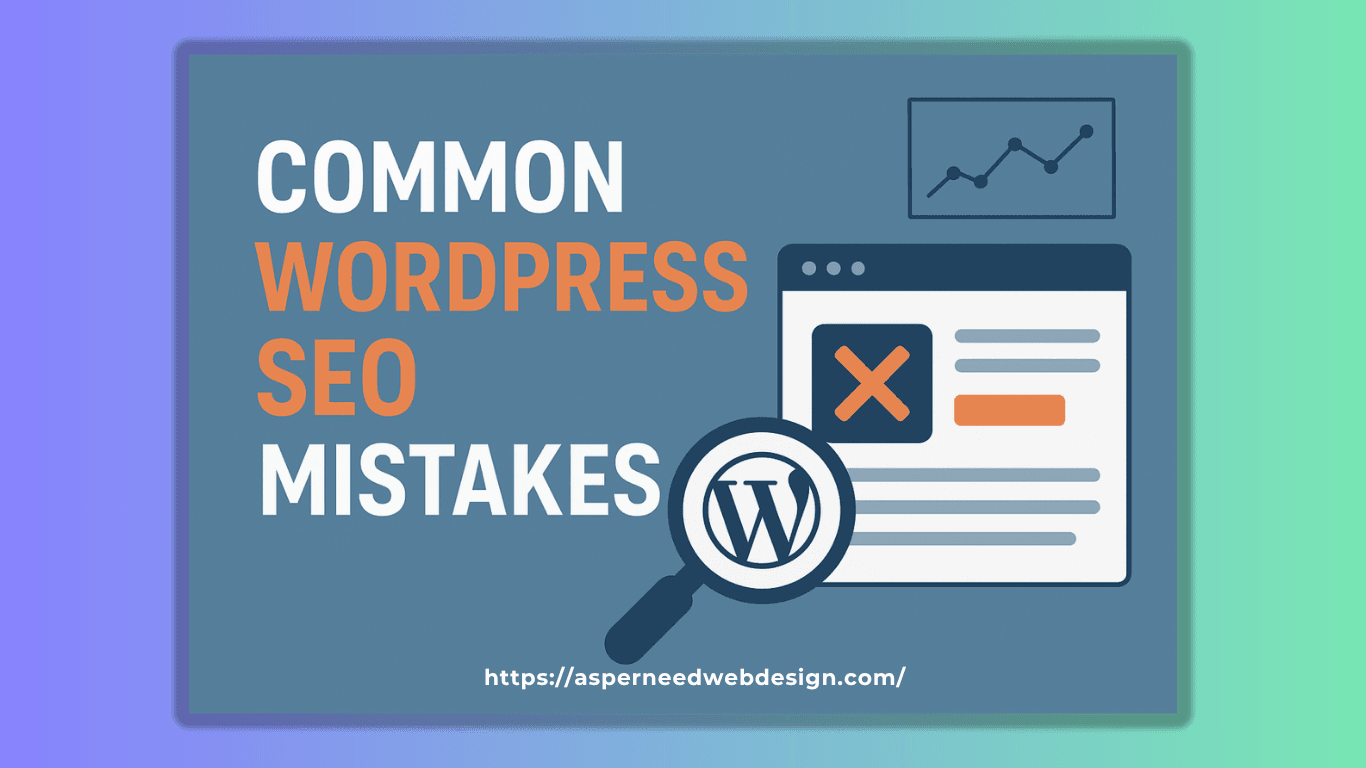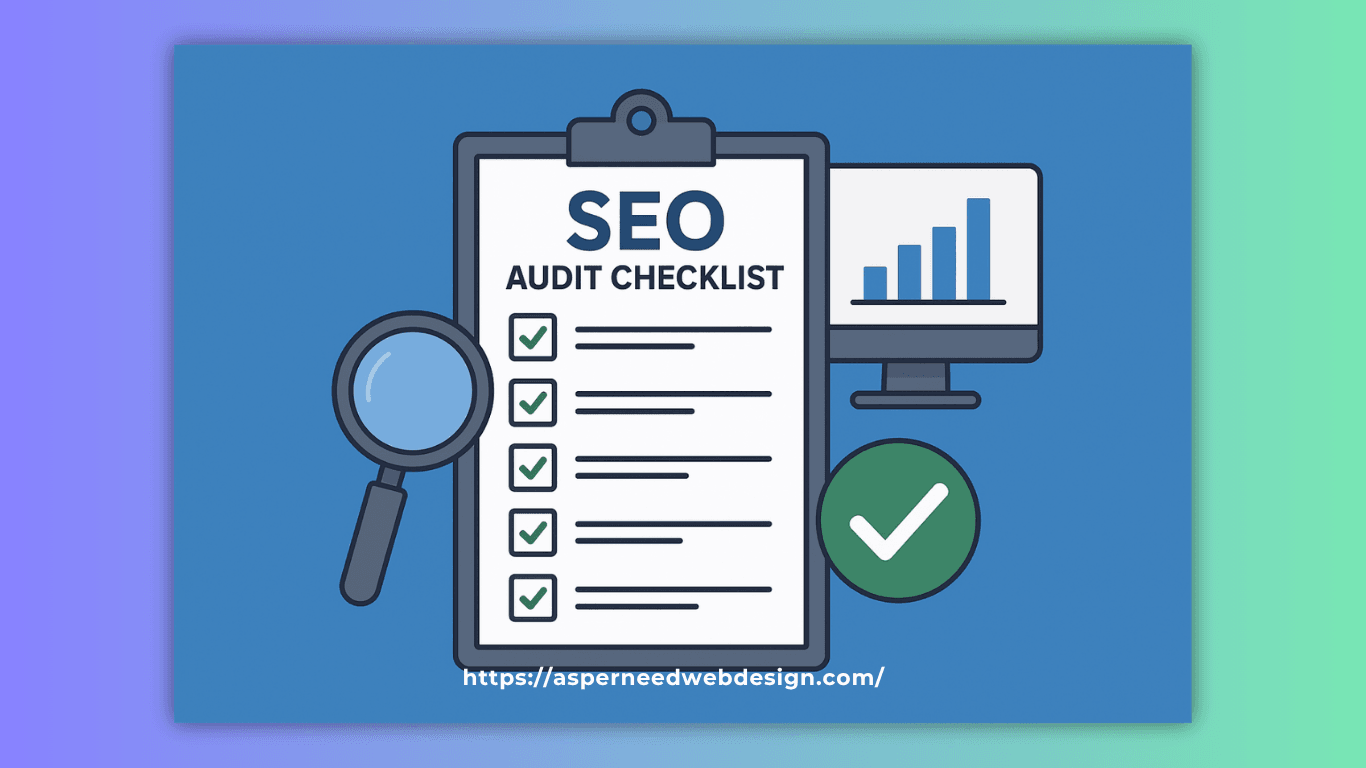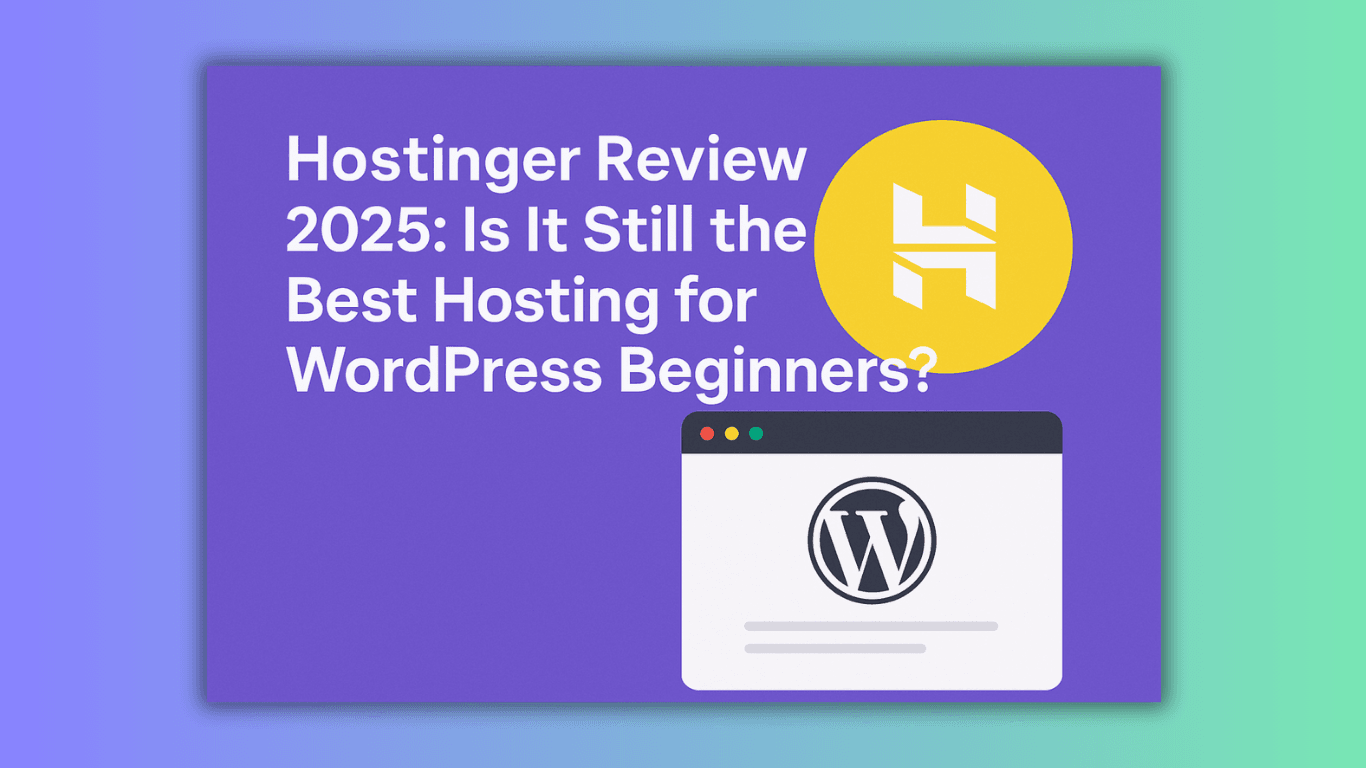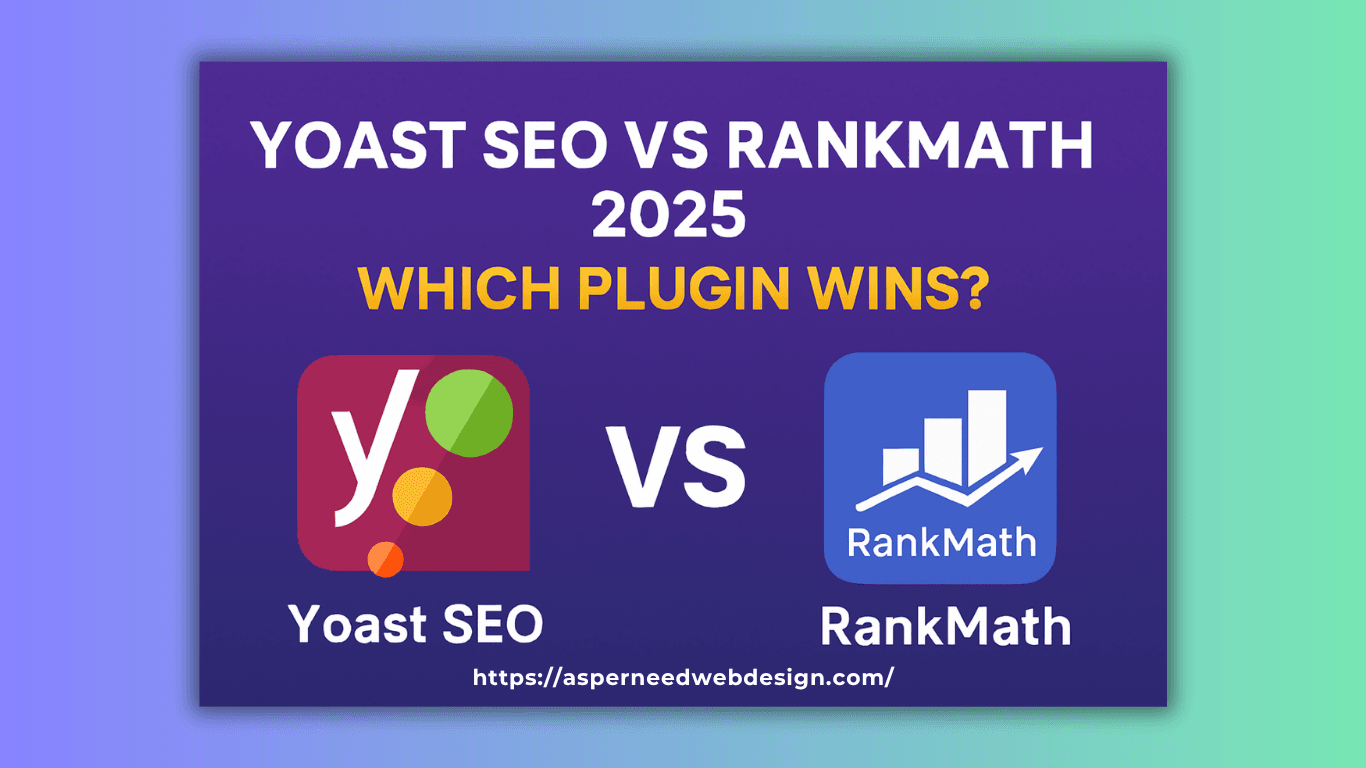Introduction
The core of success on the internet is Search Engine Optimization (SEO). If your website isn’t ranking on Google, you’re missing out on potential customers, leads, and revenue. But mastering SEO isn’t just about stuffing keywords—it’s about strategy, quality content, and staying ahead of ever-evolving algorithms.
In this ultimate guide to SEO, we’ll break down the most effective SEO strategies, from on-page optimization to advanced AI-driven techniques. Whether you’re a beginner or an experienced marketer, this guide will equip you with everything you need to rank higher, drive organic traffic, and maximize conversions.
Table of Contents
1. Understanding SEO: Basics & Importance
What is SEO?
Search Engine Optimization (SEO) is the practice of optimizing websites to improve their visibility on search engines like Google, Bing, and Yahoo. It involves various techniques that help search engines understand, index, and rank a website effectively. SEO is broadly categorized into three main types:
- On-Page SEO: Optimizing individual pages with relevant keywords, high-quality content, proper headings, meta descriptions, and internal linking to enhance user experience and relevance.
- Off-Page SEO: Building high-quality backlinks, social media signals, and brand mentions to improve website authority and trustworthiness.
- Technical SEO: Ensuring website performance, mobile-friendliness, structured data implementation, and site architecture for efficient crawling and indexing.
By implementing a strong SEO strategy, businesses and individuals can improve their rankings, drive more traffic, and achieve better online visibility.
How Do Search Engines Work?
Understanding the mechanics of search engines is essential for effective SEO. The process involves three main steps:
1. Crawling
Search engines use bots (also known as spiders or crawlers) to scan web pages across the internet. These bots navigate through websites by following links, collecting information about content, structure, and updates.
2. Indexing
After crawling, search engines store and organize the collected data in their database (index). This process allows search engines to retrieve relevant pages quickly when a user makes a search query.
3. Ranking
When a user searches for information, search engines rank indexed pages based on various factors such as relevance, quality, user experience, and authority. The goal is to display the most valuable and relevant results at the top of the search results page (SERP).
Why is SEO Important?
SEO plays a crucial role in digital marketing and online success. The following are some main factors for why SEO is crucial:
✅ Increases Website Visibility and Organic Traffic By ranking higher on search engines, your website attracts more organic (unpaid) traffic, leading to a steady flow of visitors without relying on paid advertisements.
✅ Boosts Credibility and Brand Trust Websites that appear at the top of search results are often perceived as more trustworthy and authoritative. Implementing SEO best practices helps build brand credibility and audience trust.
✅ Drives Higher Conversion Rates and Sales SEO not only brings traffic but also attracts highly targeted users who are actively searching for products, services, or information. This results in higher conversion rates and sales opportunities.
✅ Provides Long-Term Benefits Compared to Paid Ads Unlike paid advertising, which stops generating traffic once the budget runs out, SEO provides sustainable results over time. A well-optimized website can maintain rankings and traffic for months or even years with proper updates and maintenance.
By focusing on SEO, businesses and content creators can establish a strong online presence, enhance user experience, and achieve long-term digital success.
2. On-Page SEO: Optimizing Your Website for Higher Rankings
Keyword Research: Finding the Right Keywords
- Use tools like Ahrefs, SEMrush, and Google Keyword Planner.
- Target long-tail keywords with low competition and high search intent.
- Example: Instead of “SEO techniques,” use “best SEO techniques for lead generation.”
Content Optimization: How to Create SEO-Optimized Content
- Write high-quality, engaging, and informative content.
- Use H1-H6 headings, bullet points, and short paragraphs.
- Naturally insert your primary and secondary keywords.
- Example: Instead of generic text, add actionable “how-to” sections.
Meta Tags & Descriptions
- Keep your title tag under 60 characters.
- Write compelling meta descriptions with keywords and a CTA.
- Example: “Unlock the secrets to SEO success! Learn how to rank higher and drive more traffic today.”
Internal Linking: Boosting Page Authority
- Link to relevant blog posts and pages.
- Helps distribute page authority and keeps users engaged.
- Example: “Check out our detailed guide on keyword research for SEO success.”
3. Off-Page SEO: Building Authority & Backlinks
What is Off-Page SEO?
Off-page SEO focuses on building domain authority through external efforts like link building, social signals, and online reputation management. While on-page SEO ensures your website is optimized internally, off-page SEO helps improve credibility and trustworthiness through external endorsements.
Backlink Strategies That Work
- Guest Blogging: Write high-quality content for reputable sites in your industry to earn backlinks and enhance credibility.
- Broken Link Building: Find broken links on authoritative websites and offer your relevant content as a replacement.
- Skyscraper Technique: Identify high-ranking content in your niche, create a more valuable and updated version, and reach out to sites linking to the original piece.
- Social Media Promotion: Share, engage, and promote your content on social media platforms to increase visibility and attract organic backlinks.
- Influencer Outreach: Collaborate with industry influencers and request backlinks from their blogs or mentions on social channels.
- Business Directory Listings: Submit your website to high-authority business directories and citation sites to strengthen your online presence.
- Forum & Community Engagement: Participate in relevant online forums and communities, providing valuable insights and linking back to your content when appropriate.
By implementing these strategies, you can strengthen your website’s authority, improve search engine rankings, and drive long-term organic growth.
4. Technical SEO: Site Performance & Indexing
Website Speed & Core Web Vitals
Website speed is a critical ranking factor in search engine optimization. A fast-loading site improves user experience, reduces bounce rates, and increases conversions. Google emphasizes page speed through Core Web Vitals, which measure key aspects of website performance.
Optimize Images and Enable Lazy Loading
- Compress Images: Use tools like TinyPNG, ShortPixel, or WebP format to reduce image size without compromising quality.
- Use Proper Image Formats: Convert images to next-gen formats such as WebP or AVIF for better compression and faster loading times.
- Enable Lazy Loading: Lazy loading defers the loading of images and videos until they are visible on the user’s screen, reducing initial page load time. This can be implemented using the loading=”lazy” attribute in HTML or via plugins like WP Rocket for WordPress.
Minimize CSS and JavaScript for Faster Load Times
- Minify CSS & JavaScript: Reduce file sizes by eliminating unnecessary characters, spaces, and comments. Use tools like UglifyJS, CSSNano, or Autoptimize (for WordPress users).
- Reduce Render-Blocking Resources: Use asynchronous loading (async and defer attributes) to prevent JavaScript from delaying page rendering.
- Leverage Browser Caching: Set appropriate cache headers for static resources so that returning visitors experience faster load times.
- Use a Content Delivery Network (CDN): Distribute content across multiple servers worldwide to decrease latency and improve page speed.
Use Google PageSpeed Insights to Monitor Performance
- Test Regularly: Google PageSpeed Insights analyzes page performance on mobile and desktop devices, offering recommendations for improvement.
- Monitor Core Web Vitals Metrics: Focus on:
- Largest Contentful Paint (LCP): Measures loading speed (should be under 2.5 seconds).
- First Input Delay (FID): Measures interactivity (should be under 100ms).
- Cumulative Layout Shift (CLS): Measures visual stability (should be less than 0.1).
Mobile Optimization
Google follows a mobile-first indexing approach, meaning it primarily uses the mobile version of a site for indexing and ranking. A mobile-optimized website enhances user experience and improves rankings.
Ensure a Mobile-Friendly, Responsive Design
- Use Responsive Web Design (RWD): Ensure your website automatically adjusts its layout based on the user’s device.
- Use Google’s Mobile-Friendly Test: Verify if your website is optimized for mobile devices and follow the recommendations provided.
- Optimize Touch Elements: Buttons and clickable elements should be easy to tap, with a minimum size of 48×48 pixels and proper spacing.
Implement Accelerated Mobile Pages (AMP) for Faster Loading
- Use AMP for Blog Posts & News Sites: AMP (Accelerated Mobile Pages) strips down unnecessary elements, resulting in ultra-fast loading pages.
- Validate AMP Pages: Use Google Search Console and AMP Test to ensure compliance with AMP standards.
Fixing Indexing Issues
Search engines must be able to crawl and index your website efficiently. If Google cannot index your pages, they won’t appear in search results, leading to lost traffic.
Use Google Search Console to Check Crawl Errors
- Identify Crawl Issues: Regularly inspect crawl errors under the ‘Coverage’ section in Google Search Console.
- Resolve ‘Crawled – Currently Not Indexed’ Issues: If Google crawls a page but doesn’t index it, check for thin content, duplicate content, or poor internal linking.
- Fix 404 Errors & Broken Links: Redirect broken links using 301 redirects or fix internal links pointing to removed pages.
Submit an XML Sitemap for Easy Indexing
- Generate an XML Sitemap: Use tools like Rank Math, Yoast SEO, or Screaming Frog to create a sitemap.
- Submit to Google Search Console: Upload your sitemap in the ‘Sitemaps’ section to help Google discover your pages quickly.
- Ensure Proper URL Structure: Keep URLs concise, readable, and keyword-optimized to improve search visibility.
By implementing these Technical SEO strategies, your website will achieve better search rankings, improved performance, and enhanced user experience. Stay proactive by regularly auditing your site and addressing performance or indexing issues as they arise.
5. Local SEO: Ranking for Geographic Searches
Google My Business (GMB) Optimization
For local SEO, Google My Business (GMB) is an essential tool. Visibility in Google Maps and the Local Pack can be greatly increased with a well-configured GMB profile.
1. Claim Google My Business Listing and Verify it
- Go to Google My Business.
- Sign in and claim your business listing.
- Verify ownership via phone, email, or postcard.
2. Optimize Business Details with NAP Consistency
- Ensure your Name, Address, and Phone Number (NAP) are accurate and consistent across all platforms.
- Select the correct business category and attributes.
- Write a compelling business description using relevant keywords.
- Upload top-notch images of your company, products, or services.
3. Encourage Customers to Leave Positive Reviews
- Request reviews from satisfied customers.
- React professionally to all reviews, both favorable and unfavorable. To increase search relevancy, incorporate keywords organically throughout your comments.
- Use keywords naturally in responses to improve search relevance.
Local Citations & Backlinks
Local citations and backlinks from authoritative sources help strengthen local search rankings.
1. Get Listed in Local Directories
- Submit business information to directories like Yelp, Yellow Pages, Bing Places, Apple Maps, and Facebook Business.
- Use the same NAP details as on GMB for consistency.
- Choose directories relevant to your industry.
2. Use Geo-Targeted Keywords
- Incorporate local keywords in website content, meta titles, and descriptions.
- Example: “Best SEO services in [Your City].”
- Create location-specific landing pages targeting different service areas.
3. Build Local Backlinks
- Collaborate with nearby businesses and websites to trade links.
- Sponsor or collaborate with local events and organizations.
- Submit guest posts to news websites and blogs in your area.
Website Optimization for Local Search
1. Implement Schema Markup
- Use Local Business Schema Markup to provide search engines with structured data about your business.
- Include business name, address, phone number, operating hours, and services.
2. Optimize for Mobile
- Ensure your website is mobile-friendly as most local searches occur on mobile devices.
- Improve page speed and navigation for better user experience.
3. Embed Google Maps
- Add an interactive Google Map on your contact page.
- Ensure the map displays your correct business location.
Local SEO is a continuous process that demands constant work. By optimizing your Google My Business profile, managing citations, acquiring local backlinks, and enhancing your website’s local relevance, you can improve your rankings for geographic searches and attract more local customers.
6. SEO Tools & Analytics: Measuring Success
Essential SEO Tools
1. Google Search Console (GSC)
Google Search Console is a free tool by Google that helps website owners monitor and optimize their site’s visibility in search results. It allows users to:
- Track indexing status and ensure pages are discoverable by Google.
- Analyze search performance, impressions, and clicks.
- Identify and resolve website errors such as crawl issues, mobile usability problems, and security threats.
- Submit sitemaps and individual URLs for faster indexing.
Google Analytics provides detailed data on website traffic and user activities. With GA4, businesses can:
- Track the page views, number of visitors, and session duration.
- Understand user demographics, interests, and behaviors.
- Analyze traffic sources (organic, paid, social, direct) to measure marketing effectiveness.
- Monitor conversion rates and goal completions to assess ROI.
SEMrush and Ahrefs are powerful SEO tools that provide insights into keyword research, competitor analysis, and backlink strategies. They help:
- Identify high-volume and low-competition keywords.
- Track keyword rankings and SERP changes.
- Audit backlinks and find link-building opportunities.
- Analyze competitor strategies and industry trends.
4. Rank Math & Yoast SEO
For WordPress websites, Rank Math and Yoast SEO plugins simplify on-page optimization. These plugins assist in:
- Generating XML sitemaps and optimizing meta tags.
- Analyzing readability and keyword density.
- Providing content optimization suggestions.
- Managing redirects and monitoring SEO performance.
Tracking and Measuring SEO Performance
1. Monitor Organic Traffic Growth
One important measure of SEO success is organic traffic:
- Track how many people arrive at your website through search engines by using Google Analytics and Google Search Console.
- The pages that drive the most organic traffic.
- Seasonal trends and fluctuations in search traffic.
2. Analyze Keyword Rankings and CTR
Keyword rankings determine how well your content appears in search results. Tools like Google Search Console, Ahrefs, and SEMrush help monitor:
- Your website’s ranking for target keywords.
- Click-Through Rate (CTR), indicates how many users click on your search result.
- Changes in ranking positions over time.
3. Identify and Fix Technical Errors
Technical SEO plays a crucial role in search rankings. Regular audits help identify and resolve:
- Broken links and 404 errors.
- Slow page load speeds affecting user experience.
- Mobile-friendliness issues that impact search rankings.
7. Advanced SEO: AI, Voice Search & Future Trends
The Role of AI in SEO
Google’s AI-powered algorithms, such as RankBrain and BERT, continue to reshape search rankings by:
- Understanding user intent behind queries.
- Providing more relevant search results.
- Enhancing Natural Language Processing (NLP) capabilities.
AI-powered SEO tools, including Surfer SEO and Clearscope, help marketers optimize content by:
- Automating keyword research and topic clustering.
- Generating content recommendations based on search intent.
- Enhancing content relevance and readability scores.
SEO for Voice Search & Featured Snippets
With the rise of voice assistants like Google Assistant, Alexa, and Siri, optimizing for voice search is crucial. Key strategies include:
- Using conversational, long-tail keywords.
- Structuring content in a Q&A format for featured snippets.
- Improving website speed and mobile-friendliness.
Example: Instead of targeting “best SEO strategies,” optimize for “What are the best SEO strategies for beginners?”
Predicting SEO Trends for 2025 & Beyond
Because SEO is always changing, staying ahead of the curve means adjusting to new trends:
- E-A-T (Expertise, Authoritativeness, Trustworthiness): Google prioritizes high-quality content from credible sources.
- Video SEO: Optimizing YouTube videos and embedding video content on websites to improve engagement.
- AI-driven personalization: Search engines personalize results based on user behavior, making content relevance more critical than ever.
Conclusion: Your SEO Journey Starts Now!
SEO is not a one-time task—it’s an ongoing process that requires patience, strategy, and adaptability. By implementing these tactics, you’ll:
- Improve your website rankings in search engines.
- Drive sustainable organic traffic and conversions.
- Stay ahead in the competitive digital landscape.
Ready to Boost Your SEO?
🚀 Start optimizing your website today! For personalized SEO support, feel free to contact us or explore our in-depth SEO guides.

